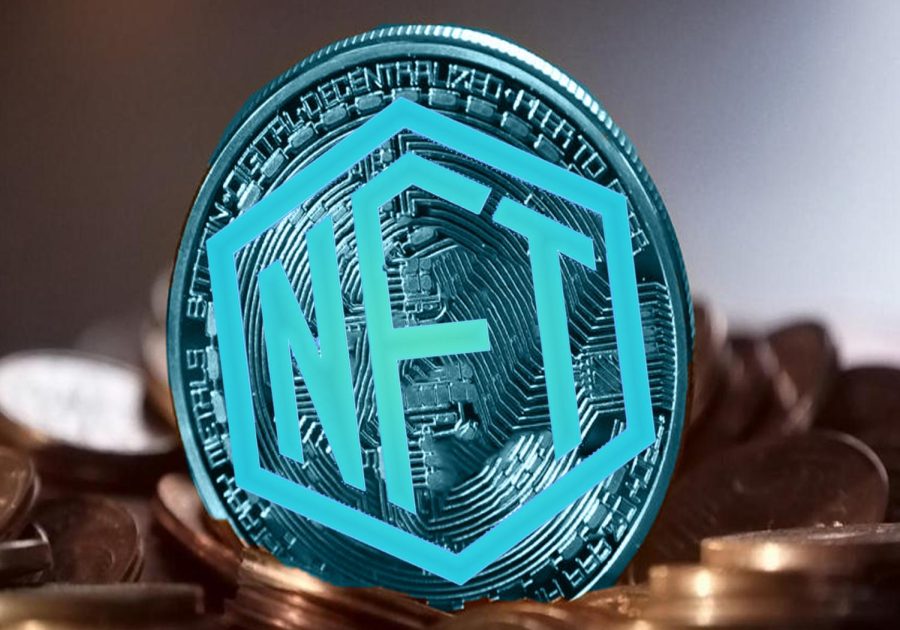What Is An NFT?
March 15, 2022
An online picture of two white circles on a black background known as “The Merge” NFT sold for $91.8 million, but why? A NFT is a non-fungible token that can be sold and traded on a blockchain, which is a decentralized digital public ledger. NFTs are considered digital assets almost like investing in property that are supposed to replicate real life things like artwork, music, and video games.
Pictures of pixelated apes may seem weird, but they have become a token of wealth among many celebrities and athletes like Steph Curry, Lamelo Ball, and Tyler Herro have all put their NFT in their Twitter profile picture. A NFT is an Ethereum blockchain which is another form of cryptocurrency but it holds extra information about the items than a normal crypto app. The non-fungible part of the name means that it can’t be replaced or traded for something that looks the same. For example you can trade a crypto coin for another and it will be the same thing you exchanged, but every NFT is unique.
When a NFT is bought, the certificate of authentication is embedded into the picture and only the person who bought it owns the authentication. If a limited edition sports trading gets traded, you trade it for something different that isn’t identical because it is unique. These tokens can be bought by one person or a community that all invests different amounts.
A major accusation that has been thrown at NFTs is that it is used to help people launder money because the government can’t access it. With NFTs being completely decentralized, the government has no power over it, people can move massive amounts of money without anyone blocking it. The decentralized nature of the blockchain also helps ensure more security because no one else has access to the money or purchase.
The biggest downside of NFTs is that a buyer may need to own Ether (ETH) in order to buy and their value can fluctuate very easily. Another massive flaw is the energy required to operate the blockchain. According to Investopedia, one NFT transaction can use as much energy as the average home for almost a day and a half.
Whether everyone sees it or understands it, NFTs will be the future of crypto and will continue to draw people to it. Weird pictures that make no sense and random items digitized are the future of private banking.












![[Gallery] Softball Senior Night was a Grand Slam](https://ppchsnews.com/wp-content/uploads/2024/04/COVER-7-600x400.jpg)